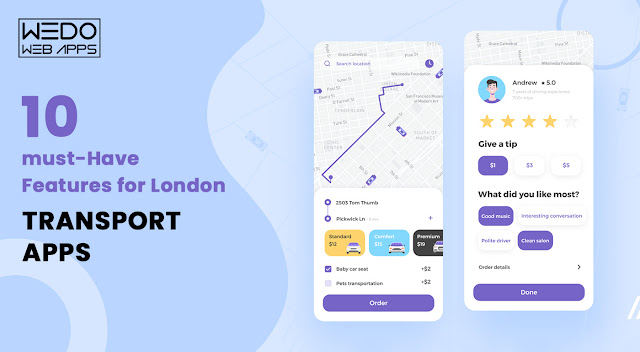As one of the busiest cities in the world, London’s transport system is a vital component of the city’s infrastructure. With millions of people using public transport every day, it’s no surprise that many transport apps are available to help commuters get around the city.
However, not all transport apps are created equal, and some are better than others regarding features and functionality.
In this article, we’ll identify the 10 must-have features for London transport apps that will make commuting easier, faster, and more convenient. If you are looking for app development companies in London, visit WEDOWEBAPPS LTD, a leading app development agency in London.
1. Real-Time Information
Transport apps should provide real-time information about service disruptions, delays, and cancellations to help commuters plan their journeys and avoid unnecessary delays.
2. Journey Planning
Commuters visiting London should be able to plan their journeys using a transport app, which can suggest the fastest or most efficient routes and provide information about transport connections.
3. Contactless Payment
Contactless payment options, such as using a mobile phone or contactless card, should be available on transport apps to make the payment process faster and more convenient.
4. Offline Functionality
Transport apps should have an offline functionality to ensure that commuters can access information about their journey even without an internet connection.
5. Integration With Other Transport Modes
Transport apps should be able to integrate with other transport modes, such as bike-sharing schemes or car-sharing services, to provide a more comprehensive journey-planning experience.
6. Accessibility Features
Transport apps should have accessibility features, such as audio descriptions or large font sizes, to ensure that they are accessible to all users.
Read more about app london transport

Comments
Post a Comment